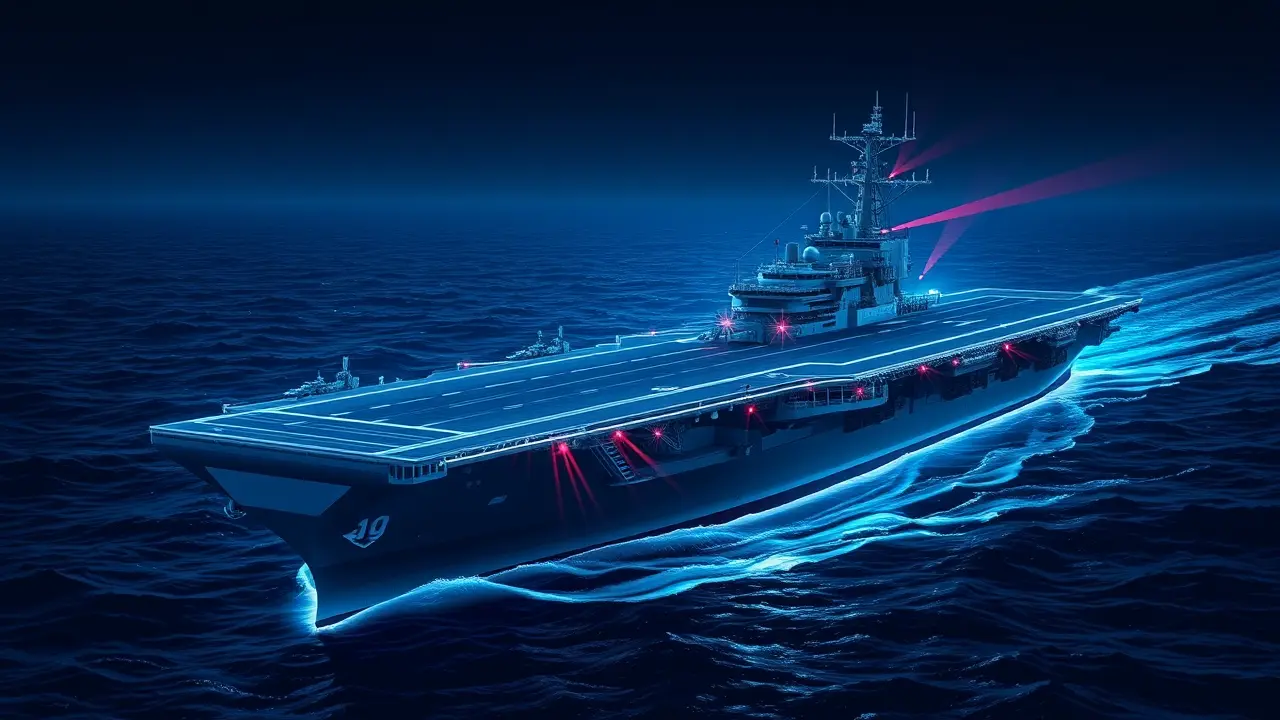
Politicsconflict & defenseMilitary Operations
China's New Aircraft Carrier Could Shift Pacific Power Balance.
OL
Oliver Scott
7 hours ago7 min read2 comments
The commissioning of China's third aircraft carrier, the Fujian, in a grand ceremony overseen by President Xi Jinping last Wednesday in Sanya, Hainan province, represents not merely a new naval asset but a profound strategic shock to the established order, one that demands immediate scenario planning for the Western Pacific, the South China Sea, and even the Indian Ocean. This isn't just another ship joining a fleet; it's the first Chinese warship equipped with an electromagnetic catapult system (EMALS), a technology previously mastered only by the United States' most advanced Gerald R.Ford-class carriers. This single feature, which allows for launching heavier aircraft with more fuel and ordnance at a faster rate than the older ski-jump systems on China's previous carriers, the Liaoning and Shandong, fundamentally alters the qualitative calculus of naval aviation power in the region.The Fujian's entry into service signals a direct challenge to American primacy, creating a new, tangible risk vector that analysts must now model. We are looking at a future where, for the first time since the end of the Cold War, the U.S. Navy could face a peer competitor with carrier strike groups capable of sustained, high-intensity operations far from China's shores.The immediate scenario is a heightened standoff in the Taiwan Strait, where a modernized Chinese carrier group could impose a more effective air blockade or provide robust air cover for amphibious operations, dramatically raising the cost and risk of any U. S.intervention. In the South China Sea, the Fujian could serve as a mobile, sovereign airbase, enabling China to enforce its expansive territorial claims with greater persistence and authority, effectively turning the screws on rival claimants like Vietnam and the Philippines.The long-range implication, however, extends to the Indian Ocean, a vital artery for global trade and energy supplies where India has long considered itself the predominant power. The potential for Chinese carrier battle groups to operate routinely near the Strait of Malacca or off the coast of East Africa would compel India to divert significant naval resources for monitoring and counter-balancing, while forcing a recalibration of the U.S. -India-Japan-Australia Quadrilateral Security Dialogue's strategic posture.The geopolitical shockwave doesn't stop there; allies from Japan to Australia will be reviewing their defense acquisitions and alliance commitments, calculating the new risks posed by a blue-water Chinese navy. The commissioning of the Fujian is a clear statement of intent, a move on the strategic chessboard that shifts the balance from theoretical possibility to operational reality, and the world's risk analysts are now scrambling to update their models for a more contested, multipolar maritime domain.
#China
#aircraft carrier
#Fujian
#naval power
#western Pacific
#featured
Stay Informed. Act Smarter.
Get weekly highlights, major headlines, and expert insights — then put your knowledge to work in our live prediction markets.
© 2025 Outpoll Service LTD. All rights reserved.